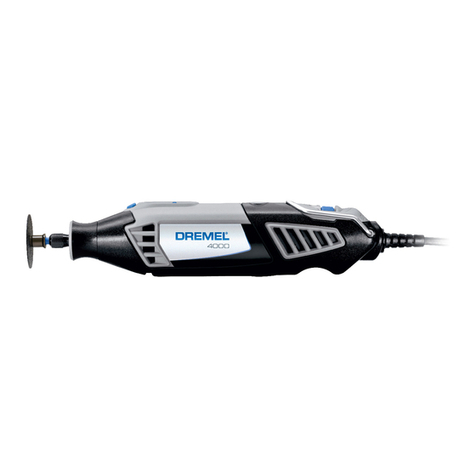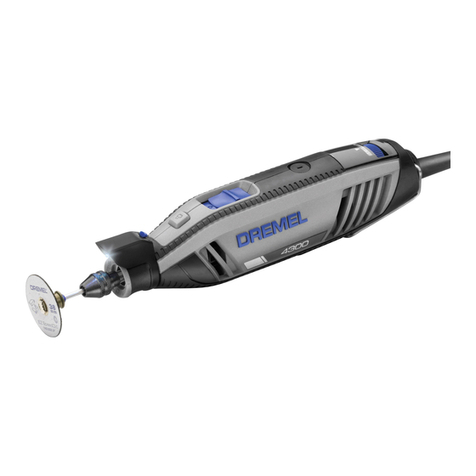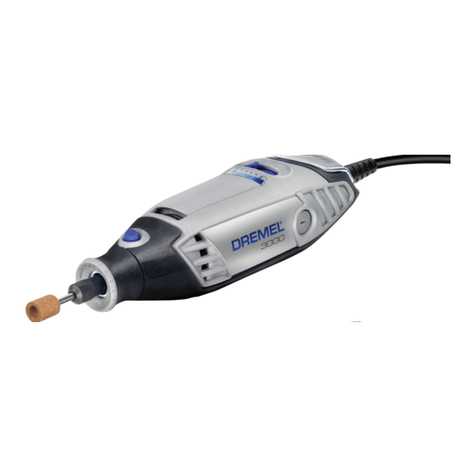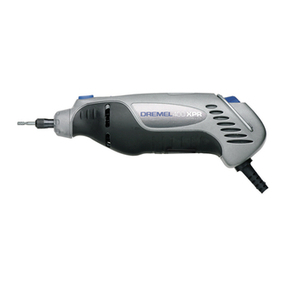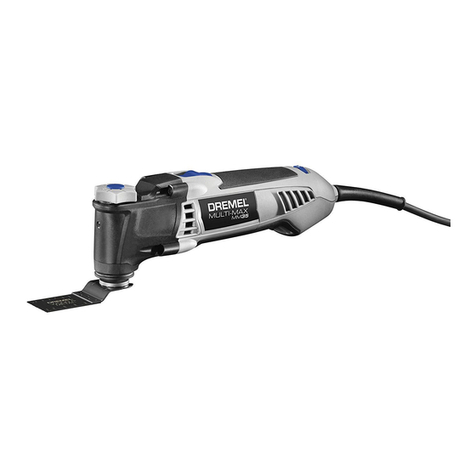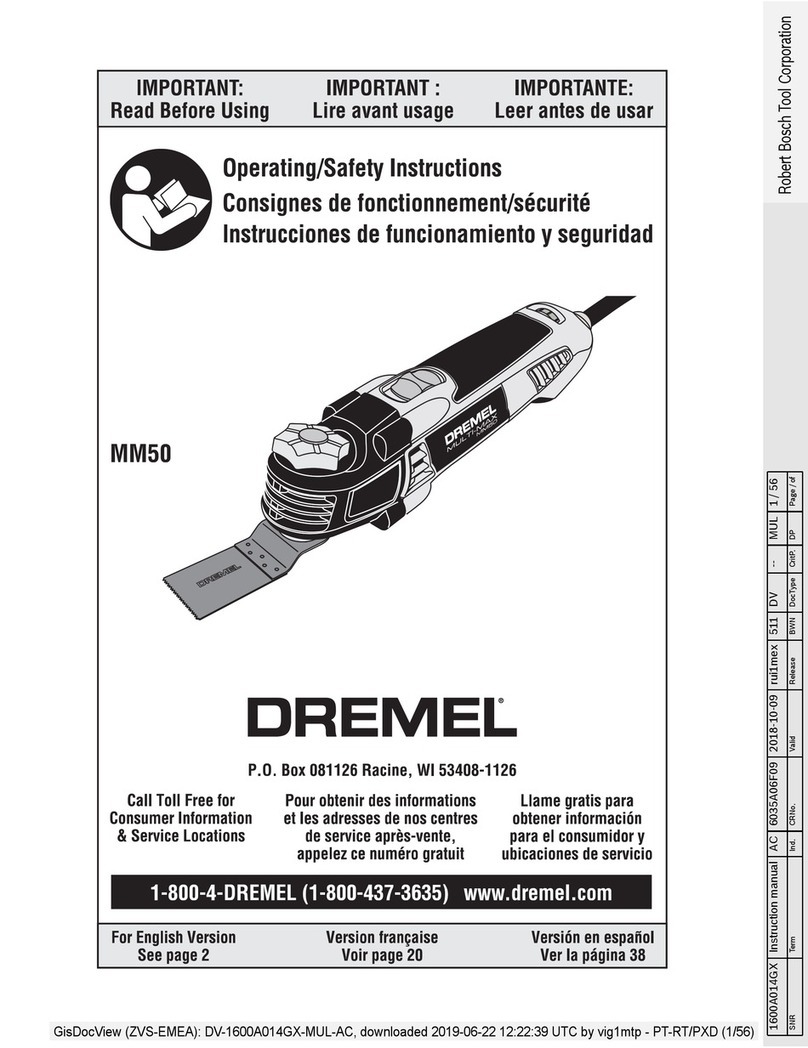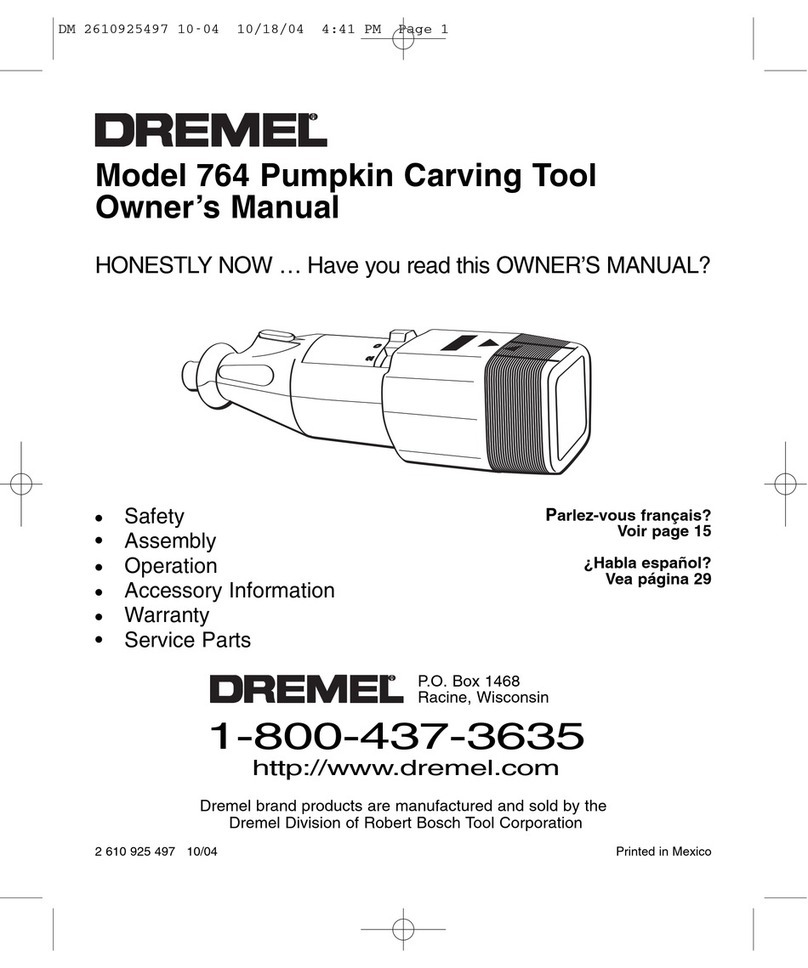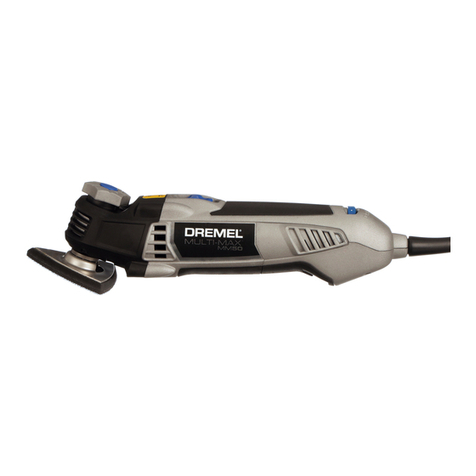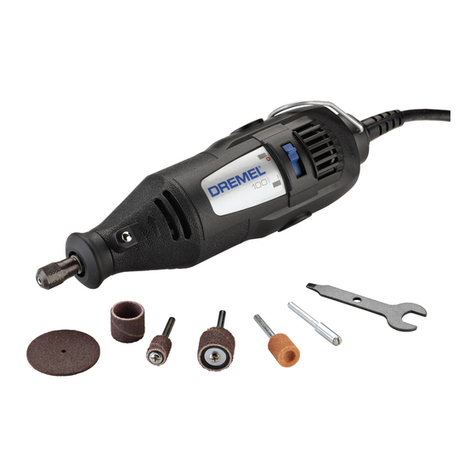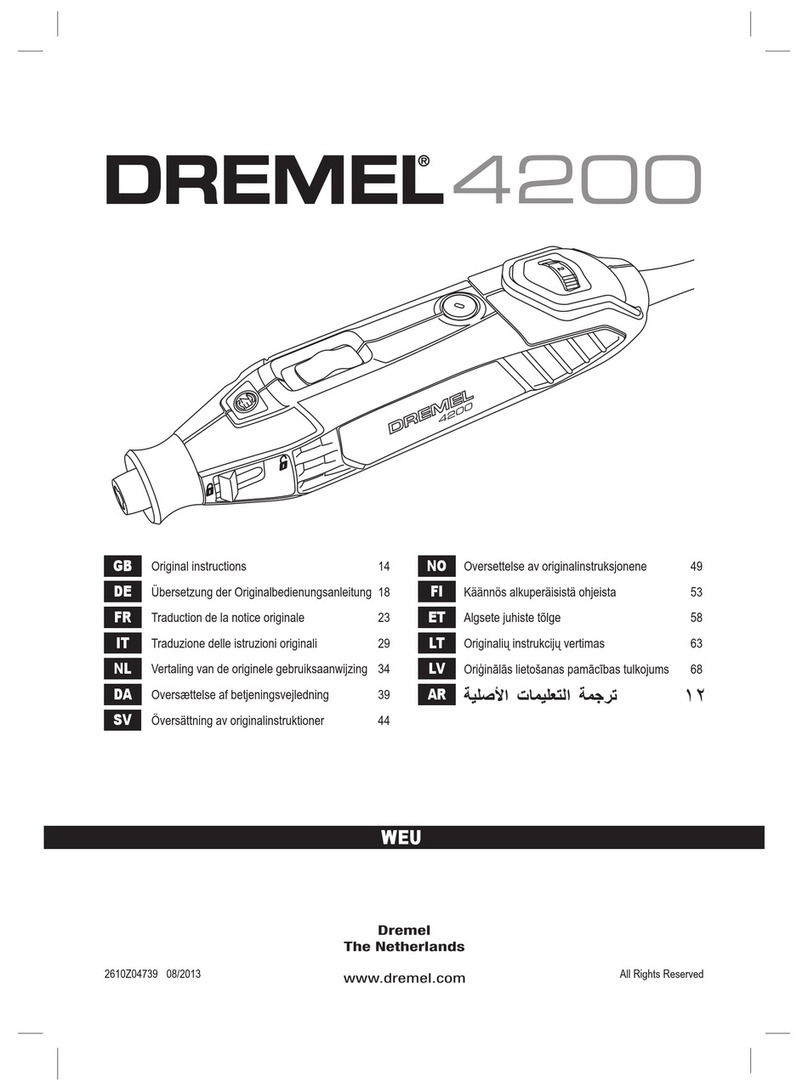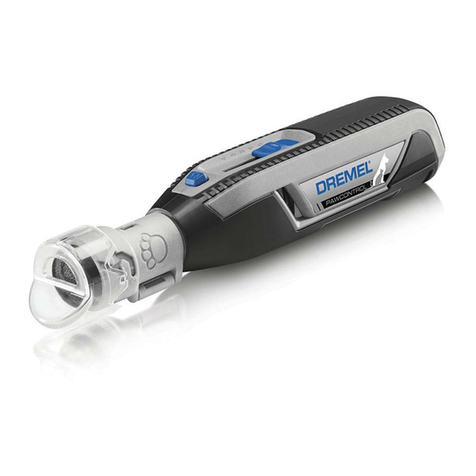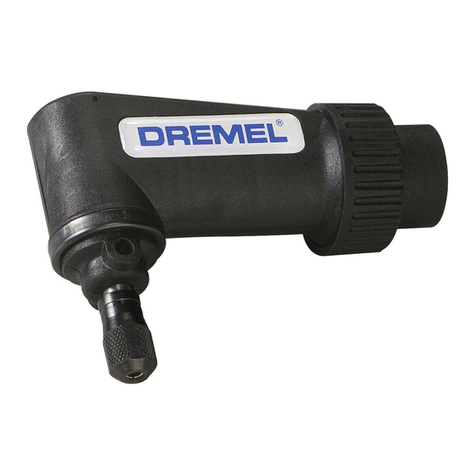
2
GB
EU Original declaration of conformity
Small rotary tool Article number
*
DE
EU-Konformitätserklärung (Original)
Kleines Rotationswerkzeug Artikelnummer
*
FR
Déclaration de conformité originale UE
Petit outil rotatif
*
IT
Dichiarazione di conformità
originale UE
Utensile piccolo Codice articolo
conformi a tutte le clausole applicabili delle direttive e alle norme elencate di
*
NL
Oorspronkelijke
EU-conformiteitsverklaring
Klein roterend gereedschap Artikelnummer
*
DA
Original EU-
Artikel nummer
*
SV
EG-originalförsäkran om
Litet roterande verktyg Artikelnummer
Vi deklarerar härmed att nämnda produkter uppfyller alla direktivens och
*
NO
Artikkelnummer
Vi erklærer som eneansvarlig at de nevnte produktene er i samsvar med alle
*
FI
Pieni pyörivä työkalu Tuotenumero
*
ES
Declaración de conformidad original
de la UE
Pequeña herramienta rotativa Número de artículo
cumplen con todas las disposiciones vigentes de las directivas y regulaciones
*
PT
Declaração de conformidade UE
original
Ferramenta pequena rotativa Número do produto
*
EL
*
TR
Küçük döner alet
*
CS
*
PL
Numer produktu
*
